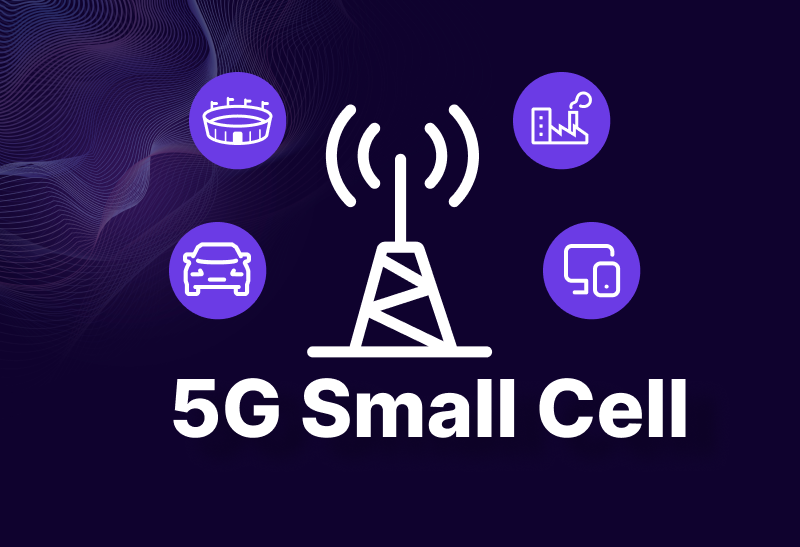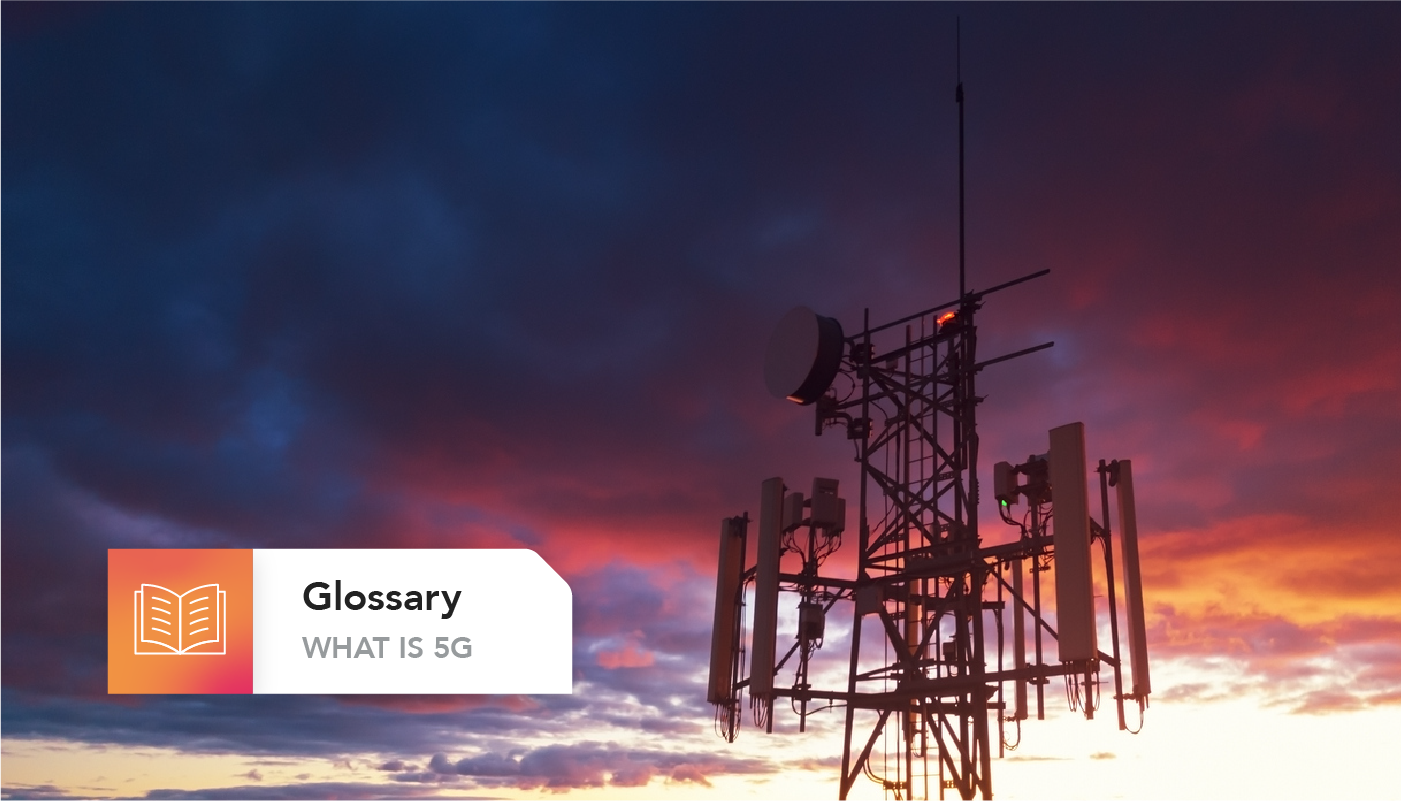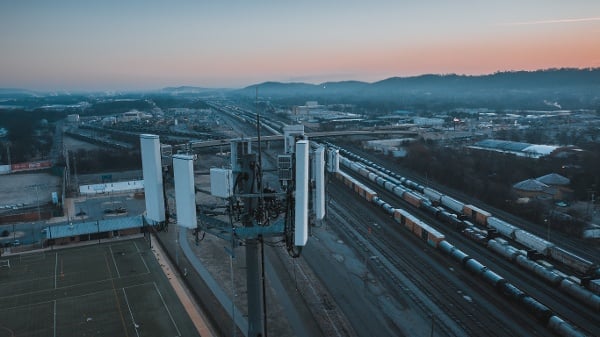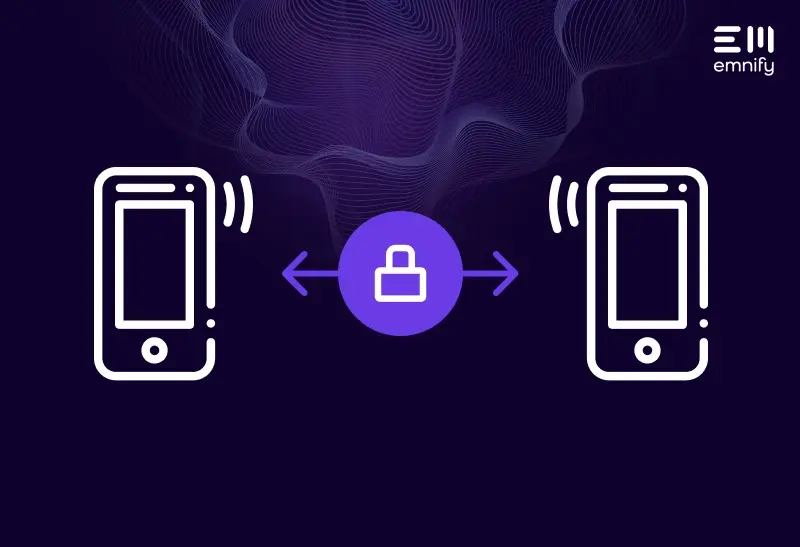

We are still years away from seeing widespread 5G coverage throughout the globe. But 5G small cells are helping operators deliver 5G service where it’s needed most, extending and improving coverage to more localized areas.
In cellular networks, base stations provide coverage to the geographic areas surrounding them. These areas of coverage are known as “cells,” and they overlap to provide continuous coverage across a large area. Base stations create macrocells: large areas of coverage that can span a few square miles to around 100 square miles.
As the name implies, 5G small cells are smaller areas of coverage within a 5G network. They use smaller base stations and have much less capacity than macrocells, but they offer a low-cost solution to lightening the load or extending a network’s coverage in a concentrated area.
While macrocells provide coverage for miles, their base station towers are sometimes as high as 200 feet tall, making them difficult to deploy in urban environments—where 5G coverage is needed most. The base stations for 5G small cells, on the other hand, are more like the size of a briefcase, making them both less expensive and more versatile.
Notably, 5G small cells have to “backhaul” into the network to provide coverage, either piggybacking off a macrocell or using various methods, including wired, fiber, or microwave connections. In some ways, small cells are more akin to a WiFi router than a macrocell. But unlike WiFi, small cells still use an operator’s licensed frequencies—whereas WiFi routers all use the same unlicensed frequencies, which anyone within range can connect to (with the password).
5G small cells have a wide range of applications and will play a critical role in the future of the Internet of Things (IoT) and cellular communications. But there are multiple types of cells with physically smaller base stations that offer more localized coverage, and there’s some debate about whether they’re all technically “small cells.”
Types of 5G small cells
Small cells are not original to 5G networks. They can be part of 3G and 4G cellular infrastructure as well. “Small cell” is generally used as an informal umbrella term for several different technologies that use smaller components to provide more localized coverage, but the capabilities of these cells and the ways they work are a little different.

Femtocells
Femtocells are the most widespread form of 5G small cells, and there are a variety of terms to describe variations of them, including: greater femtocell, metrocell, metro femtocell, Class 3 femtocell, enterprise femtocell, and super femto. Of all the categories of 5G small cell, femtocells provide the most limited coverage. They are designed for indoor use with a small group of simultaneous users. They are also much smaller than other forms of small cells—more like a notepad than a briefcase.
The main purpose of femtocells? Improving indoor coverage. They are more of a backup system for when a macrocell becomes too congested. When there are too many devices in the same space, the femtocell offloads some of that traffic to ease the burden on the macrocell. Since these are typically located on an individual customer’s premises, they are typically responsible for their installation and operation.
Some experts distinguish between femtocells and small cells, but there is no universally accepted delineation, and “small cell” is an ambiguous term that gets used to describe any cell that’s smaller than a macrocell.
Picocells
Picocells are more adaptable than femtocells. They provide several times the coverage and better data throughput, support 2–4 times as many users, and work indoor or outdoor. They may be used to bolster coverage throughout apartment buildings, schools, hotels, or office buildings, particularly in areas where building interference disrupts signal strength.
Microcells
Microcells are the largest “small cells,” boasting better coverage and far more simultaneous users. They are best suited for providing outdoor coverage, either extending a macrocell’s coverage or offloading traffic in areas with high demand.
5G small cell use cases
5G small cell base stations are extremely compact, allowing carriers to deploy them in various environments where extra coverage is needed. Whether a carrier needs to accommodate a large number of consumers or a high volume of IoT devices, small cells can strengthen and improve local cellular coverage.
Event centers
Stadiums periodically put massive strain on cellular networks as thousands of fans pack inside with their devices. 5G small cells can help offload this traffic and provide better service to consumers while they check their fantasy stats, upload clips from the concert, and watch videos during intermissions.
Shopping malls
Shopping malls have continuous high-density foot traffic throughout business hours, and poor cellular service can contribute to a poor experience with the facility itself. Consumers expect their cellular devices to work in public places, whether they are indoors or not. Small cells can help provide consistent 5G coverage throughout large buildings like shopping centers.
Homes and businesses
Femtocells and picocells are best suited for environments with fewer simultaneous users. Homes, office buildings, stores, and other indoor settings can benefit from 5G small cells, and in some cases these cells may backhaul into the macrocell using the building’s broadband Internet.
Vehicles
Plains, trains, and other vehicles can use 5G small cells to maintain excellent cellular coverage throughout trips. Additionally, 5G small cell base stations are frequently installed throughout cities on lamp posts and other infrastructure, enabling carriers to provide better coverage in C-V2X (cellular vehicle to everything) applications. Learn more about IoT in transportation here.
Industrial buildings
Increasingly, factories and other industrial facilities need to support a large volume of IoT devices. As industry 4.0 continues offering greater opportunities for automation, monitoring, and remote control of equipment, these smart buildings will depend more on localized connectivity solutions like 5G small cells.
Get IoT SIMs that work anywhere in the world
emnify's specialized IoT SIM cards enable your devices to connect to more than 540 cellular networks in over 180 countries. Your SIMs will automatically select the network with the strongest signal, ensuring that you always have the best service possible. You’ll also have everything you need to integrate connectivity data and securely access your devices.
Want to see for yourself? Request an trial pack, and we’ll send your free test SIMs with two months of complete access to our connectivity platform.
Get in touch with our IoT experts
Discover how emnify can help you grow your business and talk to one of our IoT consultants today!
Tobias Weber
More than six years of experience as a senior editor in the realm of smart home, connectivity and Internet of Things. And still as curious as on the first day.



